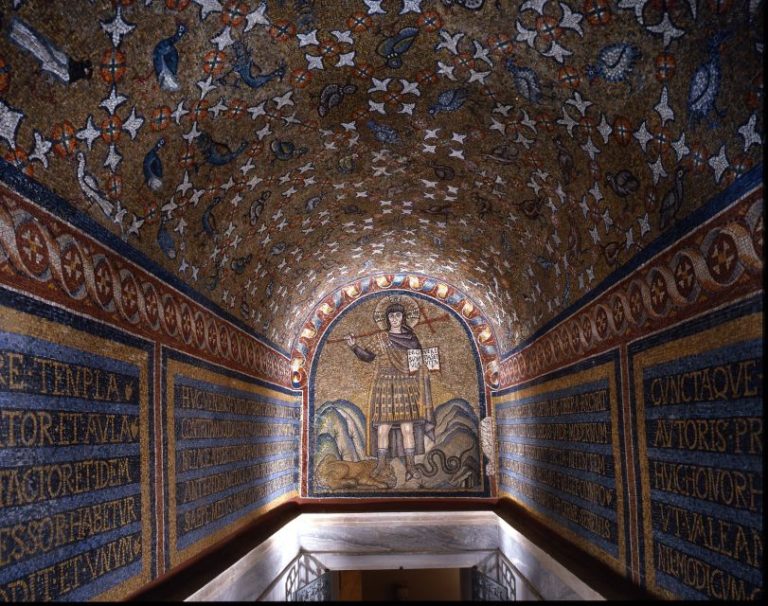Let's delve deeper into each of these UNESCO wonders:
Great Barrier Reef, Australia
(Great Barrier Reef, Australia)
.: Queensland, Australia
Description: Spanning 2,300 kilometers, this is the world's largest coral reef system comprising nearly 3,000 individual reefs and 900 islands. It is home to an incredible variety of marine life, including different species of sharks, rays and more than 1,500 species of fish.
meaning: Besides its natural beauty, the reef plays a crucial role in marine biology research and conservation.
Machu Picchu, Peru
Machu Picchu, Peru
.: Cusco region, Peru
Description: An ancient Inca city located in the Andes Mountains. It is divided into two main areas: the agricultural sector and the urban sector.
importance: It is a symbol of the Inca Empire and its impressive dry stone construction reveals the architectural prowess of the civilization.
The Pyramids of Giza, Egypt
The Pyramids of Giza, Egypt
.: Giza, Egypt
Description: The complex includes the Great Pyramid of Giza, the Pyramid of Khafre and the Pyramid of Mankaure, along with the Great Sphinx.
meaning: They are evidence of the architectural and engineering skills of the ancient Egyptians.
Venice and its lagoon, Italy
Venice and its lagoon, Italy
.: Veneto, Italy
Description: a city with a network of canals, historic buildings and bridges. It is known for landmarks such as St. Mark's Basilica and the Doge's Palace.
meaning: Venice is a unique architectural masterpiece with its urban setting in the lagoon.
The Great Wall of China
The Great Wall of China
.: North China
Description: a series of fortifications made of stone, bricks and other materials, built along the northern borders of China.
meaning: Represents the collective defense and border construction techniques of various Chinese dynasties.
Serengeti National Park, Tanzania
Serengeti National Park, Tanzania
.: Tanzania
Description: A vast savanna that offers some of the best wildlife viewing in Africa. It is the home of the "big five" - lion, tiger, rhinoceros, elephant and buffalo.
meaning: The annual migration of over a million wildebeest and other animals is one of the most impressive natural events in the world.
Angkor Wat, Cambodia
Angkor Wat, Cambodia
.: Siem Reap, Cambodia
Description: Temple complex and the largest religious monument in the world.
meaning: Represents classical Khmer architecture and the religious transition from Hinduism to Buddhism.
Galapagos Islands, Ecuador
Galapagos Islands, Ecuador
.: Pacific Ocean, Ecuador
Description: an archipelago of volcanic islands.
importance: The islands have a huge number of endemic species, which were studied by Charles Darwin, which led to the development of the theory of evolution.
Petra, Jordan
Petra, Jordan
.: Ma'an district, Jordan
Description: an archaeological site with carved architecture and a system of water canals.
meaning: represents the commercial and architectural achievements of the Nabatean caravan city.
Santorini, Greece
Santorini, Greece
.: Aegean Sea, Greece
Description: An island formed by a volcanic eruption, known for its whitewashed buildings and blue-domed churches.
meaning: Besides its beauty, it provides evidence of a unique geological phenomenon.
Iguazu National Park, Argentina/Brazil
Iguazu National Park, Argentina / Brazil
.: border of Argentina and Brazil
Description: Home to Iguazu Falls, which are wider than Victoria Falls and taller than Niagara Falls.
importance: The park contains a significant amount of biodiversity, including many endangered species.
Halong Bay, Vietnam
Halong Bay, Vietnam
.: Quảng Ninh Province, Vietnam
Description: a bay with thousands of karsts and limestone islands of different shapes and sizes.
meaning: The landscape of the bay is the result of complex geological processes.
The historic center of Rome, Italy
.: Rome Italy
Description: contains ancient Roman ruins such as the Colosseum, the Pantheon and the Roman Forum.
meaning: Rome played a central role in history as the capital of the Roman Empire.
Taj Mahal, India
Taj Mahal, India
Location: Agra, Uttar Pradesh, India
Description: A white marble mausoleum built by the Mughal emperor Shah Jahan in memory of his wife Mumtaz Mahal.
meaning: The epitome of Mughal architecture, it combines elements from Persian, Turkish, Ottoman and Indian architectural styles.
Salar de Uyuni, Bolivia
Salar de Uyuni, Bolivia
.: Departments of Potosi and Ororo, southwestern Bolivia
Description: the largest salt flat in the world.
meaning: Besides its scenic beauty, the salt flat is significant for its large lithium reserves.
Each of these sites offers a rich tapestry of history, culture and natural beauty, making them must-visit destinations for travelers and history buffs alike.
What is UNESCO anyway?
UNESCO stands for the United Nations Educational, Scientific and Cultural Organization. UNESCO sites, more commonly known as UNESCO World Heritage Sites, are landmarks or areas that have been officially recognized by the United Nations, particularly the World Heritage Committee, for their forms of cultural, historical, scientific or other significance.
These sites are considered important to humanity and are legally protected by international conventions. The goal is to ensure that they are preserved for future generations. The sites can be a forest, mountain, lake, desert, monument, building, compound or city.
UNESCO World Heritage Sites are divided into three categories:
Cultural heritage sites: These are sites of historical, artistic or social significance. Examples include the pyramids of Egypt, the historic center of Rome and the Taj Mahal in India.
Natural heritage sites: These are sites of natural significance in terms of biological diversity or geology. Examples include the Great Barrier Reef in Australia, the Galapagos Islands in Ecuador and the Grand Canyon in the US.
Mixed heritage sites: These sites have both cultural and natural significance. Examples include Machu Picchu in Peru and Mount Athos in Greece.
The World Heritage Committee meets every year to evaluate nominations from countries and decide which sites will be inscribed on the World Heritage List. The designation of a site as a world heritage site brings with it international recognition, increased tourism and opportunities for conservation funding. However, it is also accompanied by the responsibility for the state to manage and protect the site in accordance with the World Heritage Convention.



















